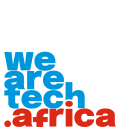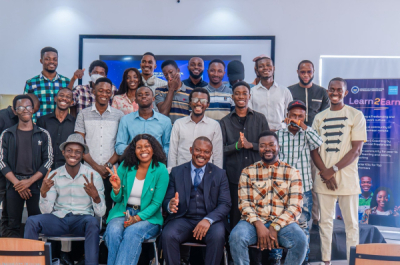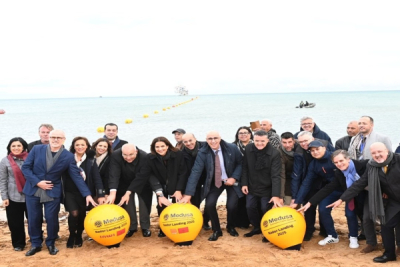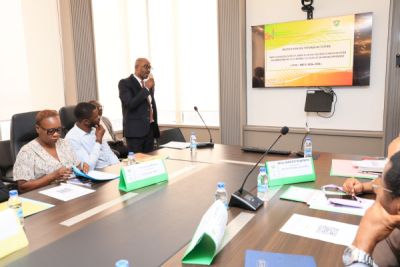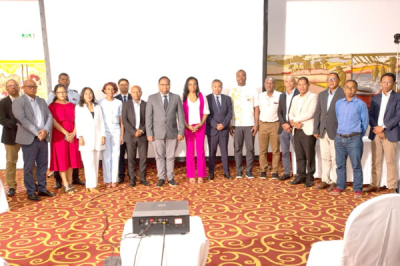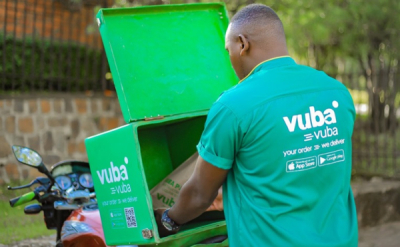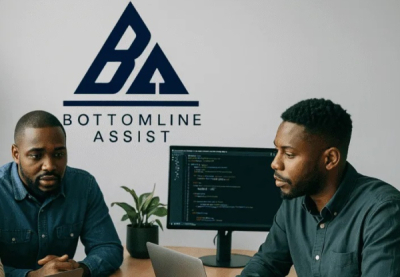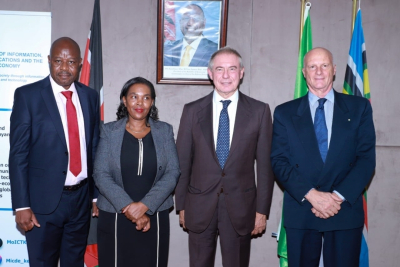• Minister George may adopt the “Asanka” device for the One Million Coders Program
• Asanka works offline, needs little power, and offers school content
• A pilot is planned, but no deal is signed yet
Samuel Nartey George (photo), Ghana's Minister of Communication, Digital Technology and Innovation, is considering a collaboration with local tech company TECHAiDE. The minister believes that the "Asanka" device, a locally developed offline Learning Management System (LMS) unveiled on Thursday, May 29, could be instrumental in achieving the government's ambitious goal of training one million coders over four years.
"The partnership is expected to have a significant impact on education in Ghana as well as the One Million Coders Program, making it more accessible, effective, and cost-efficient," the Ministry of Communication, Digital Technology and Innovation stated in a press release published on its Facebook page. The potential collaboration also includes the construction of computer labs equipped with the device, which would grant students access to the system.
According to TECHAiDE's website, the "Asanka" device operates without requiring internet access, with users connecting to it via Wi-Fi. The portable unit consumes only 5 watts and can be powered by a USB charger, a power bank, or a solar panel. It offers a broad spectrum of content, including Ghanaian school curricula, Basic Education Certificate Examination (BECE) topics, educational websites, videos, e-books, UNESCO educational resources, and interactive games.
The adoption of this device could significantly simplify access to coding training for beneficiaries. For example, it would eliminate the need for users to purchase internet data plans, a particularly relevant advantage given recent consumer complaints about rising internet service costs in Ghana. The minister has even convened a meeting with telecom operators scheduled for May 30 to address this issue.
Currently, the collaboration remains in an exploratory phase. Although Minister George has expressed keen interest, no formal agreement has been signed or officially announced. TECHAiDE also plans to launch a pilot project to test and refine its solution, with a view toward broader adoption and integration into existing school programs. However, the use of the Asanka device necessitates a compatible terminal such as a computer, tablet, or smartphone. Access to such equipment, particularly in Ghana's rural areas, remains a potential barrier that could hinder the widespread rollout and utilization of the solution.
By Isaac K. Kassouwi,
Editing by Sèna D. B. de Sodji
